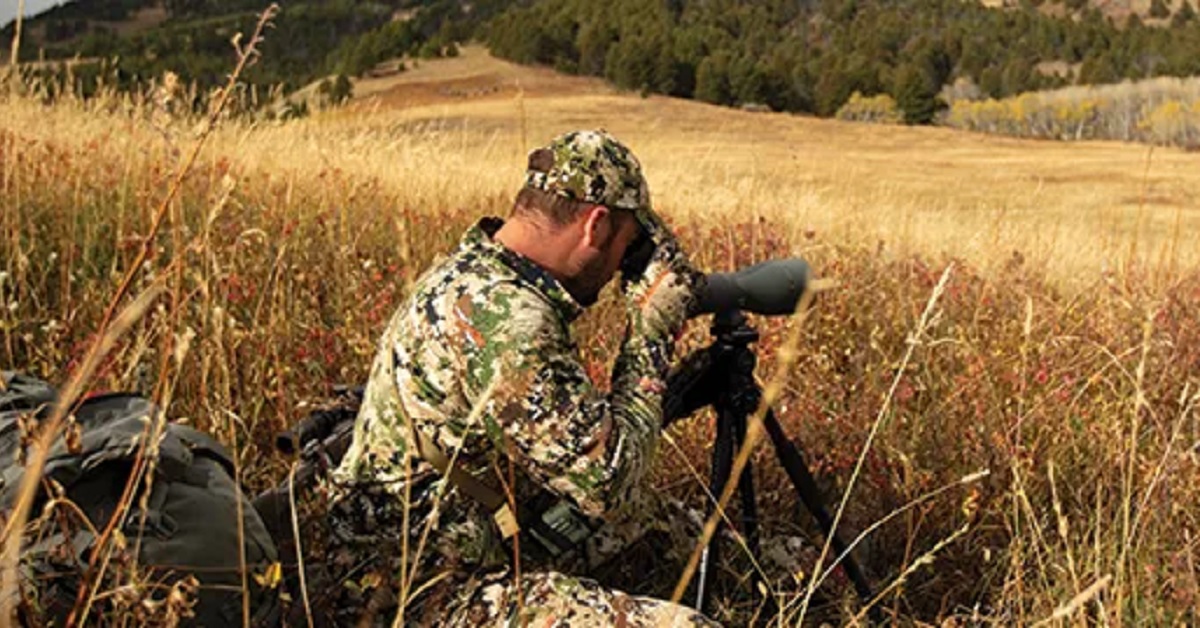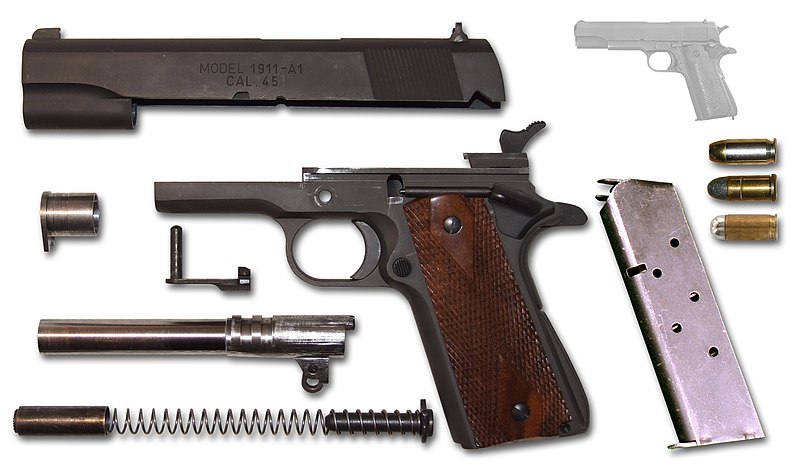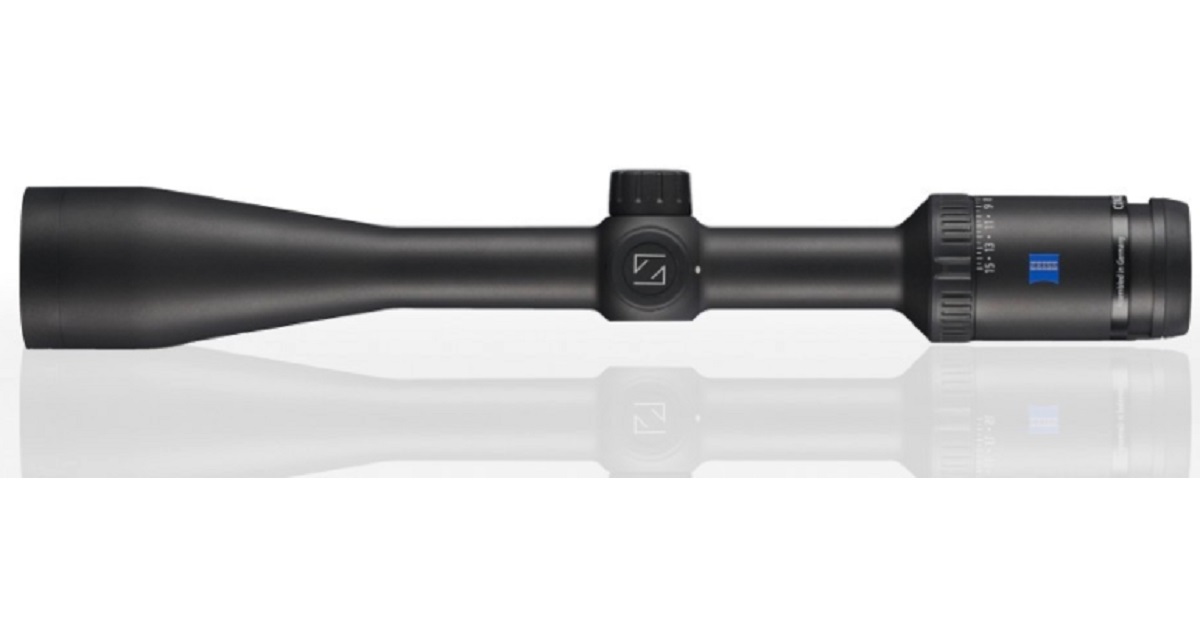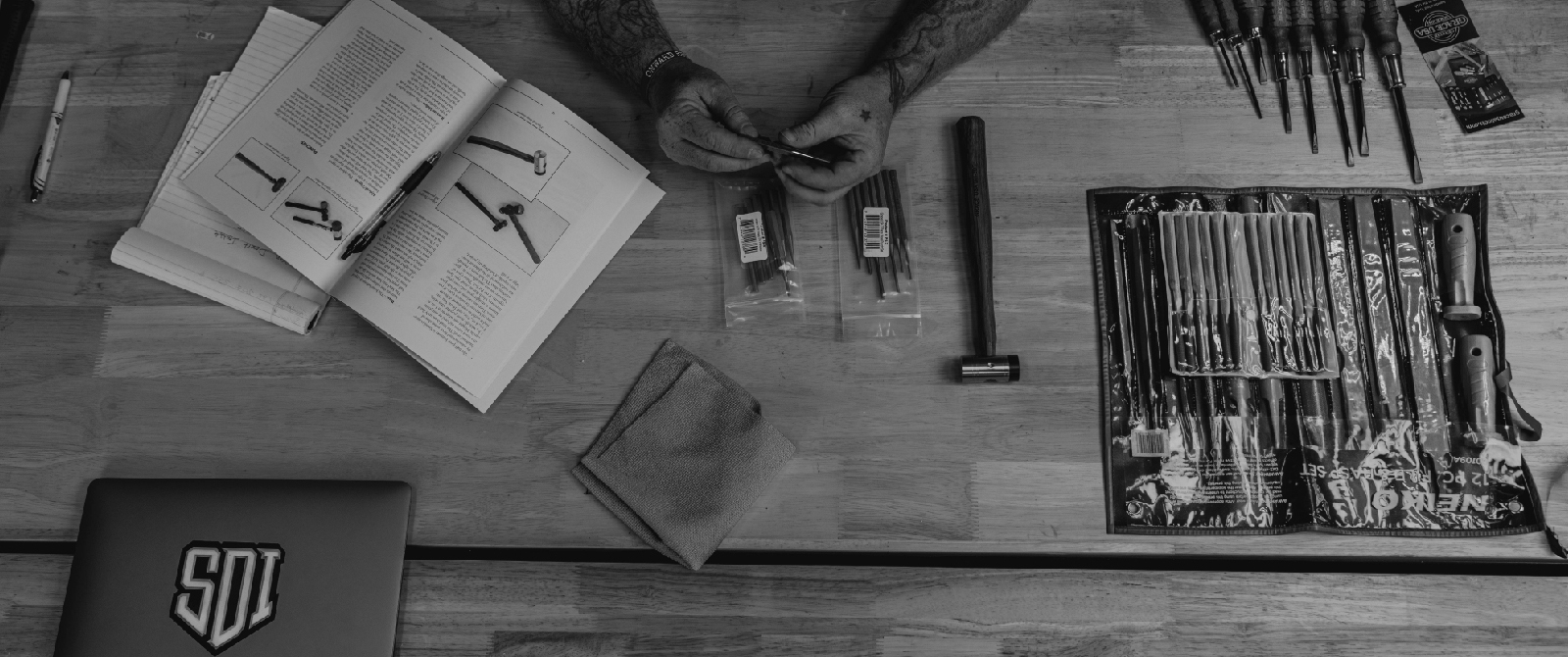
Every gunsmith knows that the importance of quality tools cannot be overstated. Recognizing that, Sonoran Desert Institute (SDI) meticulously selects one of the most important tools for each of their firearms technology students: the firearm itself.
I recently had the privilege of discussing this process with Jarred McNeely, Chief Academic Officer and Dean of the School of Firearms Technology at SDI. Our conversation provided valuable insights into the intricate process behind firearm selection.
What Firearms We Currently Send to Students
This section’s heading comes with a huge asterisk, as in the world of firearms, this is a moving target. But more on that later. For now, at the time of this writing, here are some of the firearms that students can expect to see.
With many instances of course crossover between the Associate of Science in Firearms Technology (ASFT) and the Certificate in Firearms Technology–Gunsmithing (CFT–G) programs, we’ll address them first before moving on to the Certificate in Firearms Technology–Handgun Specialist (CFT–HS) program.
ASFT & CFT–G programs
- FTE 211, 1911 Advanced Armorer:
- Rock Island-brand revolver
- Tisas-brand revolver
- FTE 217, Modern Sporting Rifle:
- DPMS AR-pattern rifle
- Aero Precision AR-pattern rifle
- FTE 218, Pump Shotgun Armorer:
- Rock Island All Generations Pump-Action Shotgun
- FTT 210, Customizing & Woodworking (note: only available in the ASFT program):
- Traditions Performance Firearms Muzzleloader Kit
CFT–HS program
- FTH 202, Revolvers:
- Taurus 856
- FTH 212, Striker-Fired Pistols:
- Palmetto State Armory Dagger
- Glock 19 Gen 3
- FTH 223, Hammer-Fired Pistols:
- SAR B6
- CZ-75
Factors in Firearm Selection
One of the first things I asked Jarred was about some of the factors that SDI considers when choosing which firearms to send to their students. One of the main factors was providing students with firearms they’re likely to encounter day-to-day as gunsmiths, with an emphasis on providing students with practical experience and skill development opportunities.
As he explains, “One of the things that we look for is what is the work that could be done on these guns and what’s the work our graduates are going to be doing out in their shops. I want to send them something that’s going to be representative of what they’re going to see in their shops.”
However, as SDI has grown, so has the demand for firearms to send to their students. With an estimated 300–400 firearms needed each month, Jarred explains, “I’ve talked to so many manufacturers and to so many vendors that I need 3,000 of these. And they’re like, ‘Never mind, we can’t do that. Maybe two years from now we can build up to that for you, but right now, on the spot, we can’t do that for you.’”
Why Do Some Students Get Different Firearms?
Manufacturing capacity isn’t the only determining factor in what firearms SDI can acquire. Another big factor is the laws that get enacted on a state and federal level. Gun laws differ from state to state, which can provide a challenge when determining which firearm a student receives.
“The states have waited in the last decade to really start mixing up what can be done and what can’t, and there’s a whole bunch of different pieces that go into it,” says Jarred. “Whether you’re talking about FTE 217, whether there’s an assault weapons ban, and what actually constitutes an assault weapon, right? But what’s their definition of it? Because in some states, that means that a gun doesn’t have a threaded barrel. In some states, that means it doesn’t have a pistol grip. In some states, it means it doesn’t have a detachable magazine. And so what can we get that falls within that, that allows the student to still learn?”
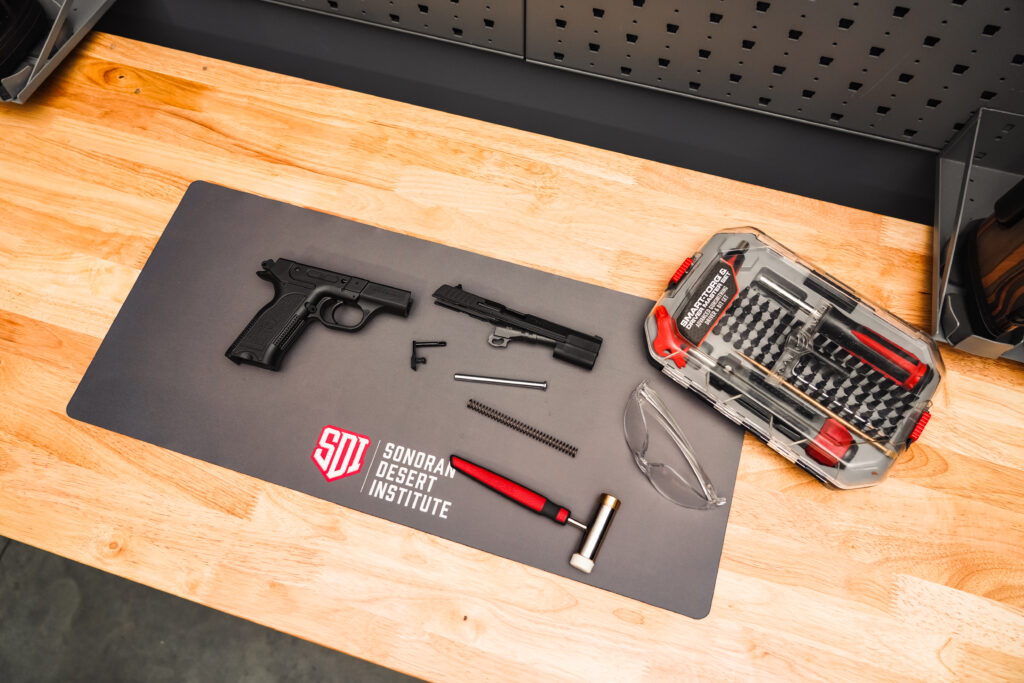
The SAR B6 (as seen in FTH 223).
While state and federal legislation can be tricky to navigate, SDI has prioritized forming strong bonds between their partners to ensure they are prepared for any changes.
As Jarred describes it, “The beauty is because we have some really good vendors and partners, we start talking early about what this is going to look like and what can we do because they’re working with gun dealers in that state and they’re trying to figure it out too. Especially the distributors, you know, you’ve got the big distributors in the firearms world. We’re working with them also and we’re asking what they are seeing and how they are interpreting this.”
He continues, “Hopefully, as long as the bill goes through the way we think it will, as long as there are no last-minute amendments, we usually have a pretty good plan that we can put in place.”
Teamwork Makes the Dream Work
Communication also takes place within SDI itself. A team made up of some of SDI’s most knowledgeable staff members is in constant communication with the faculty who are able to give insight from their own experiences as educators and feedback from the student populace.
“We’ve got a ton of people that we’re talking with and asking questions, which helps drive this decision-making process as we look for these firearms. The other great thing about it is that our faculty are great about supplying feedback as they teach classes with the students. ‘Hey, could you add this to the curriculum or could we do this,’ or, ‘Hey, this is a project that would really make sense on this. Could we do this instead?’ And so we’re always trying to look for the best way to give the students a great learning experience, whether it be with the firearms or with the curriculum or whatever.”
As humans, it can be difficult to remain totally objective in these kinds of discussions, which is why having a diverse group of individual thoughts is so important. At the end of the day, each person agrees that the well-being of the student is first and foremost.
As Jarred explains, “Absolutely the bias is coming into play. So we look at those things and we hear those things out, and we really do try to put out there something that the students can work on. That really becomes the guiding principle.”
Empowering Students
Overall, SDI’s firearm selection process is a dynamic and collaborative endeavor, driven by a commitment to quality, practicality, and compliance. Through meticulous selection, collaboration, and adaptation, SDI ensures students receive the tools they need to excel in the firearms industry.
Want to start your own path in the firearms industry? Enroll in SDI today! Click here to request more information.

